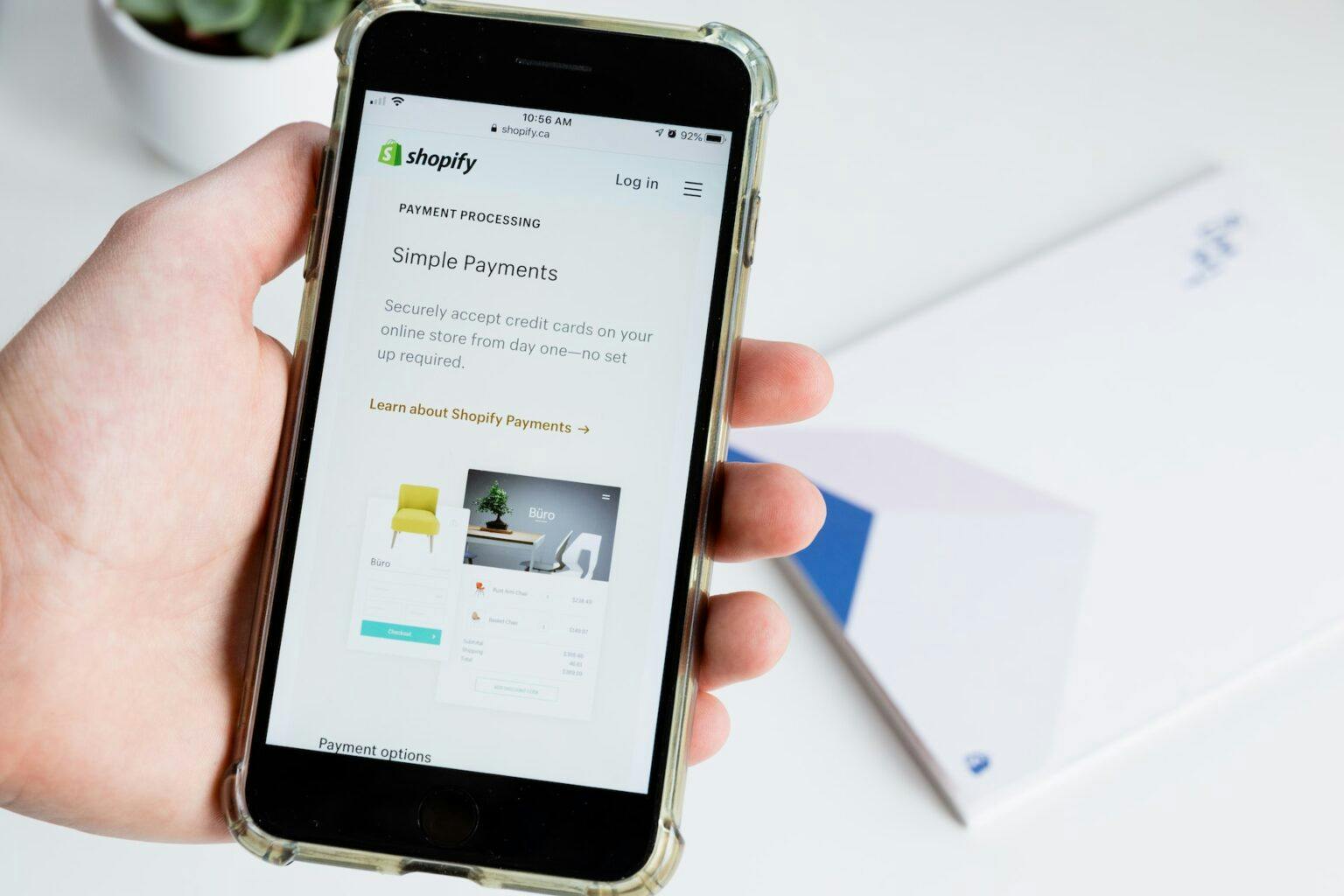What is a Web Application Framework?
Published 2020-04-13T06:00:55 by Bryan Miller
Developers use web applications to create programs that users can access on primarily their web browsers. Chances are, you already use many web applications in your daily workflow.
The many different examples of web applications include word processors, video and photo editing tools, shopping carts, online forms, email programs like Gmail and Yahoo, and spreadsheets. When you use the internet, you’ll run into web applications on a frequent basis. All of the applications mentioned previously like Gmail and online forms are able to run on an array of different platforms regardless of the device or operating system because of web application frameworks.
Depending on the type of framework that’s used when creating the web application, they can be accessed via a server or through the web browser. The main benefit of web applications is that they don’t need to be downloaded by the user to their hard drive, which allows them to save valuable memory space. The various web application frameworks that are available to developers are able to save developers time by providing them with libraries and frameworks for app templates while also automating and standardizing many of the common processes of web development. This article will provide you with a detailed guide on what web application frameworks are and how they can help you with the development of web applications.
Web Application Framework Architecture

The majority of web application frameworks have the same foundation that’s comprised of three logical components, which include the model, the view, and the controller. These components allow the various web application frameworks to be flexible and modular. Because of this added flexibility, third party applications that are designed by other vendors can be integrated.
This type of architecture is highly popular because it provides developers with assistance in separating code from the basic interface that the client interacts with. This helps to bolster efficiency for the development of the application in question. Many of the standard activities that need to be performed throughout web development are automated by the framework, which is designed to ensure that developers can use their time well.
How Does Model View Controller (MVC) Architecture Work?

The model, view, controller architecture is a highly popular and efficient way of organizing code. The point of this architecture is to show that each portion of the code has an essential purpose. The view portion of MVC architecture is comprised of all of the functions the user interacts with the in the web application. The view portion of the code presents different data from the model using JSON and HTML. This code makes your application aesthetically appealing while also defining how the user views and interacts with your application.
The model is where the coding logic and data are located. All of the rules and data that make up your application are managed by the model. Both the model and view code communicate via the controller component. The controller receives all of the inputs from the user and makes decisions on what to do with these inputs. Once the decision has been made, the input will be passed to the model. These inputs can include everything from requesting data to moving a mouse.
Let’s say that you order a cup of coffee at a local cafe. You would likely start this process by ordering from the menu, which is the “view” component of MVC. The barista would proceed to write down the order, which would be the “controller”. Once the order has been written down, the barista will relay it to a coworker, which is the “model”. The coworker makes the drink based on the information that they’ve received, which is the “data”. As a summary:
- Ordering from the menu = view
- Barista at the register = controller
- Other barista who makes the drink = model
- How you want your coffee made = data
How to choose a web application framework

Frameworks can be written in many different and distinct coding languages, which means you first need to select the one that meets your needs. Another thing that you should consider is the usability of the framework of your choice is. If it appears as though the framework makes it easy to manage the tasks involved with developing an application, it’s likely that the framework is at least adequate. Before getting started, keep in mind that certain frameworks are considered by developers to be easier to understand and use than others. The primary benefits that come with most web application frameworks include:
- Web applications use the internet, which means that they won’t take up space on hard drives
- All users are provided with the same version, which eliminates the possibility of compatibility issues that use up valuable development time to fix
- Web applications are able to run on a variety of platforms if the browser is wholly compatible
- Eliminates the need to write repetitive code while developing applications, which helps to ensure greater efficiency.
There are several fantastic web application frameworks that you can use for app development, which include Ruby on the Rails, Django, and Angular.
Ruby on the Rails
Ruby on the Rails is a powerful web application framework that is open-source, completely free to use, and collaborative. The language that’s used within this framework is Ruby, which is a high-level and dynamic programming language that focuses on productivity and simplicity. The Ruby on the Rails framework was created by David Heinemeier Hansson and has been praised for its ability to allow developers to create web applications in a more timely and efficient manner when compared to the standard Java framework. The many different web applications that are known to use the Ruby on the Rails framework include:
- GroupOn – An eCommerce marketplace that connects subscribers with many different merchants that offer goods, services, activities, and travel
- UrbanDictionary – An online dictionary that’s used for slang words and phrases
- AirBnb – An online marketplace where individuals can offer or arrange lodging or various tourism experiences
- Shopify – An eCommerce platform that provides businesses with software to help them create their own storefront
- Github – A repository hosting service for the Git version control system
For more information on this particular web application framework check out our comprehensive article on Ruby on the Rails.
Django
Django is a reputable framework that is open-source and uses Python as a programming language. This language can be particularly complex and difficult to understand without a framework surrounding it. The Django web application framework is considered to be fast, highly secure, and versatile. The framework is notably multifaceted because it automatically takes care of site maps, content administration, and user authentication. Because of the high amount of security included within this framework, it is able to assist developers in avoiding many of the more common security mistakes like clickjacking and SQL injection. The various web applications that are known to use the Django framework include:
- Disqus – A blog comment hosting service that’s used for online communities and websites
- Pinterest – A popular social media application that allows for the storing and discovery of all kinds of information, which include everything from recipes to interior design ideas
- Instagram – A social networking service that primarily focuses on sharing photos and videos
- Quora – A question-and-answer site that’s focused on gaining and sharing information among members who join
Angular (previously Angular JS)
Originally known as Angular JS, Angular is a fantastic framework that was created by Google. This particular framework can be used by developers for the creation of large and easy-to-maintain applications. Among the most notable features of Angular is that it was built to be used for cross-platform applications. This means that users of the applications can access web applications on their smartphone or desktop device without getting a different experience. The coding templates that are provided by Angular are fully optimized for the efficient use of JavaScript. The main applications that Angular has been used to create include:
- Netflix – An extremely popular streaming service that allows users to stream movies and television shows from a wide range of devices
- Forbes website – This is the website for Forbes, which is a global media business that focuses on investing, business, entrepreneurship, and technology
- Google Marketing Platform – A web analytics services that’s able to track and report all website traffic
- Google Digital Garage – A nonprofit learning platform from Google that offers free online marketing training
Whether you select Angular, Django, or Ruby on the Rails, there is a wide range of fantastic web application frameworks available to you that will make app development easier and more organized. While it can take some time to get used to the framework that you choose, this framework should help you shorten development time so that the app can be placed online quickly.
Bryan Miller
Bryt Designs
Bryan Miller is an entrepreneur and web tech enthusiast specializing in web design, development and digital marketing. Bryan is a recent graduate of the MBA program at the University of California, Irvine and continues to pursue tools and technologies to find success for clients across a varieties of industries.
Subscribe to our newsletter



